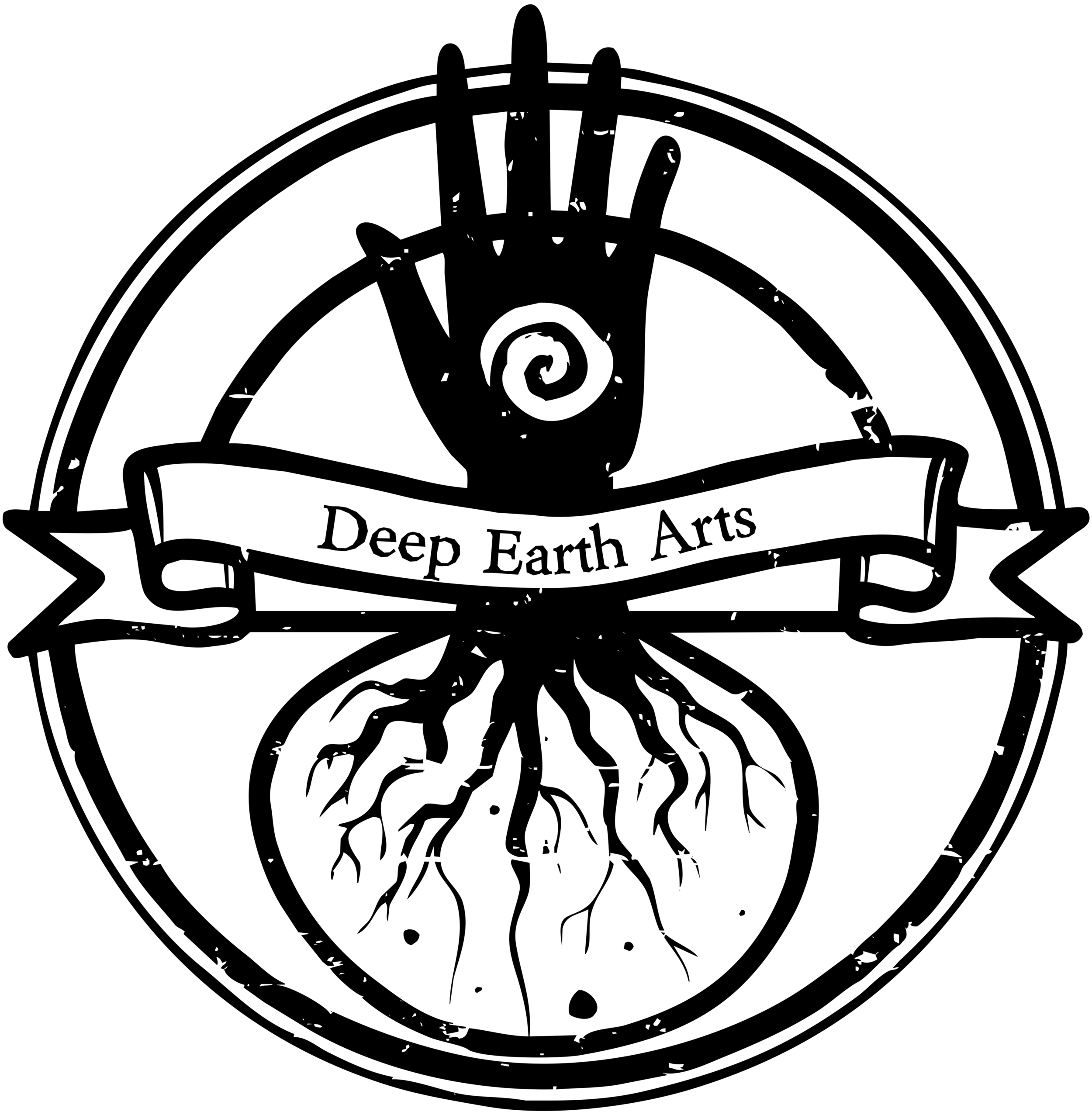Oghams
I know I’ve mentioned Runes often enough in this blog, but I believe I’ve only mentioned Oghams as a sort of “Celtic Rune” that is connected to the Wheel of Life pathworking symbol I use. I don’t know if they’ve ever had a full blog post, though. So, I thought that it would be appropriate to delve into an old Irish alphabet on St. Patrick’s Day.
Let’s start with what the Oghams (which are, as I understand it, pronounced oh-ams… the g makes an almost sigh like h sound) look like. They’re essentially tick marks on a line. Either shown a vertical or horizontal line, they are usually read down to up. To give you a little hint as to the direction you are to read them, there can be a sort of arrow to show you where the line is starting. The picture below shows the word “Ogham”, starting at the bottom above the arrow showing the direction it is written.
The history of the Oghams are a bit murky to me, and seem to be rather murky to historians who know far more than I. Some historians say that the earliest record of the Ogham is from the 4th century AD, but it has been argued that it is as old as the 1st century AD, or perhaps older. Inscriptions of Oghams are found mainly in Ireland, but have also been found in Wales, England, and Scotland.
It is an odd alphabet, as according to medieval information on the Oghams, some of the letters stand for sounds not present in the Irish language. Some suggest it was patterned after Latin, or from a pre-Celtic Irish language from megalithic times.
There were originally 20 letters, with five extra letters added on to the alphabet in later years. The original fews (as the letters are called) were separated into four groups of five, as each group ranged from one to five tick marks in their group (each of these groups of five called feadha).
The last, newer five are called the forfedha. They have a different style, certainly not as easy to carve into wood or stone as the original ones were.
Each letter has an association with a tree, as well as other associations tacked onto them throughout the years. This is where their use in divination comes in. Each Ogham can be used for divinatory or magical purposes. Whether they were used originally for such purposes, I don’t know. I swear I read about a story of an ancient Druid who used them in divination, but, for the life of me, I can’t seem to find where I read that. So, we’ll have to stick with the fact that whether they were used in that capacity in ancient times or not, they are used as such now.
An example is the first few, Beith (the first one in the picture of the first feadha above). This few represents the birch tree. In divination, it would represent beginnings, renewal, rebirth, and purification. Generally, a pretty good few to pull in a reading, unless you were looking for the continuation of a stable situation, as renewal and rebirth requires change.
Oghams have a few interesting historical points. The poet Robert Graves discovered a book that had an incomplete listing of the Oghams (the first thirteen, specifically). Thinking that he had figured out an ancient Celtic lunar calendar that corresponded with Oghams and trees, he put a system together. I’ve read a little about it, and it seems interesting and, though not historically accurate, magically useful if it aligns to your cosmology.
There’s also the matter of the order of the Oghams. I originally learned them from “The Druidry Handbook” by John Michael Greer (one of the sources that I have used for this blog entry). In that book, JMG mentions that there are two ways people order the first feadha. He uses the order BLNVS (Beith Luis Nuin Fearn Saille), as that was the way that it was taught to him. He also noted that the letters almost form the name of a Celtic solar deity, Belenos, and the other order may have been a sort of Christianization of the Oghams. It seems, though, that most of the rest of the people that work with Oghams in magical practice, as well as most of the scholars that I’ve come across in literature, say that the first Oghams are represented in the order of BLVSN. The mix up can make understanding what the last three fews of the first feadha mean if someone is writing with Oghams. Because I first learned them via JMG, I read them as he taught them, though it is most likely not historically accurate. That is the interesting thing about divination, though. As long as you settle on a meaning between you and the powers that be in the universe, the message can still be carried through.
If you are looking for information on the Oghams, you can find them in “The Druidry Handbook” by John Michael Greer, or in a lot of places all over the internet. I know there are a lot of books out there, but I don’t really know too many that I can personally vouch for. So, if you find this set of symbols intriguing, do a little research. See what you can find.
On a completely different note, I’d like to announce that Josh (my husband) and I have a new space we will be renting out for readings, Reiki, rattling, workshops, and more very soon. You’ll be able to find us below the Juicy Girls Juice Bar in Littleton, NH by appointment. You’ll be hearing more about that as it unfolds. We will be having an open house on the solstice, having set up fully by June. I’ll keep you all posted.
Stay warm. Though the Equinox is this week, it’s still rather wintery up here in northern Vermont.
Until next week
The Green Mountain Mage



